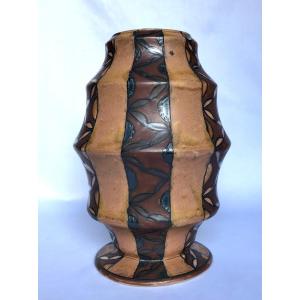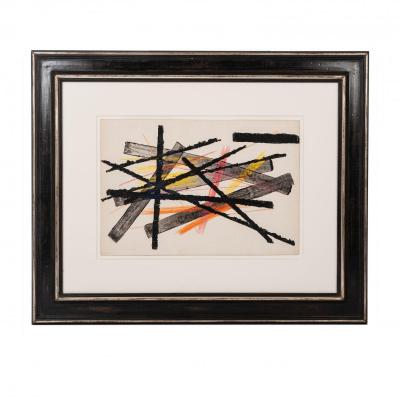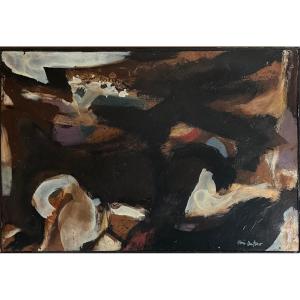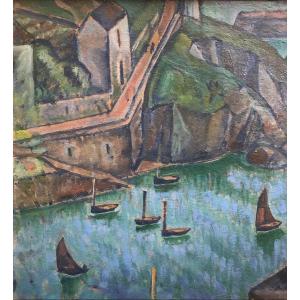Adolphe Beaufrere (1876-1960). Painter and engraver of the Pont-Aven School, born in Quimperlé, Adolphe Beau Frère evolved in a merchant environment. At twenty-one he entered the School of Fine Arts and attended the workshops of Gustave Moreau then that of Fernand Cormon to improve his drawing skills and adhere to the rigor of engraving! In 1898, his first exhibition at the Paris Salon reflected his stays in Pont Aven and Pouldu where he painted on the subject. From this date until the end of the 1940s, he regularly exhibited his engravings and paintings in the major Parisian salons. An experience marked his style and his passion for color, after winning a competition from the Ministry of Fine Arts in 1911, for which he traveled for two years. He resides in Algeria at the Villa Abd-el-Tif, a small palace in the Algerian countryside which accommodates artists from mainland France. From there, he traveled the coast and the Algiers countryside, he produced a lot and worked in gouache and pastel. He traveled to Italy and Spain and often returned to North Africa. 1920 is the beginning of his notoriety, his engravings are distributed by the famous Sagot-Le Garrec galleries in Paris and Conalghi in London. Adolphe Beaufrere walks the coast between Audierne and Larmor-Plage, where he has lived since 1922. Accustomed to country lanes and coastal paths, most often traveled by bike, Adolphe Beaufrere has a deep knowledge of nature. His favorite themes which he creates on the motif are essentially estuaries, rivers and seaside landscapes but also views of the argoat, farms, peasants' work. In countless creations, he gives the tree a major place, it is in turn strength, height, protection, nature in its pure state. The painter goes to the essential, he has integrated the teaching of synthetism specific to the movement created by Gauguin. The flat areas of color construct his paintings and give shape to his compositions. It is present in many French and Algerian museums.






















 Le Magazine de PROANTIC
Le Magazine de PROANTIC TRÉSORS Magazine
TRÉSORS Magazine Rivista Artiquariato
Rivista Artiquariato
